Scientific Publications
Conference papers/workshops
- TAILOR Selected papers: November 2024
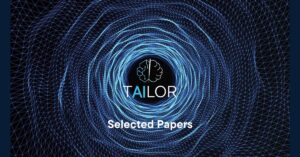
- TAILOR Selected papers: October 2024

- TAILOR Selected papers: September 2024

- TAILOR Selected papers: August 2024

- TAILOR Selected paper: July 2024

- TAILOR Selected papers: June 2024

- TAILOR Selected publications: May 2024

- TAILOR Scientists at IJCAI 2024 – Jeju Island

- TAILOR Selected Papers: April

- TAILOR selected papers: March

- TAILOR selected papers: January

- TAILOR scientists at AAAI2024
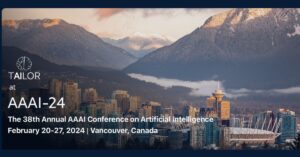
- TAILOR Selected Papers: December
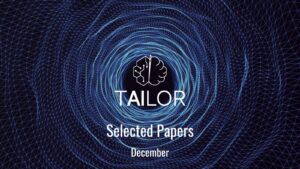
- TAILOR Scientists at NeurIPS 2023
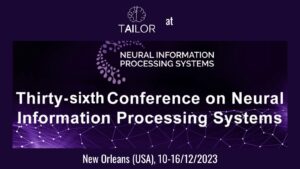
- TAILOR Scientists at ECAI 2023 in Krakow

- TAILOR Scientists at IJCAI 2023 in Macao

- TAILOR scientists at AAMAS and CVPR
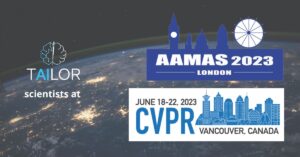
- Accepted papers by TAILOR scientists to AAAI 2023
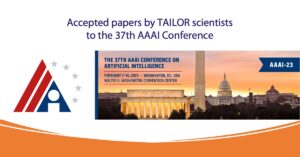
- TAILOR scientists at NeurIPS 2022
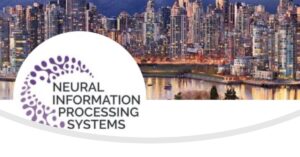
- Accepted papers by TAILOR scientists to IJCAI-ECAI 2022
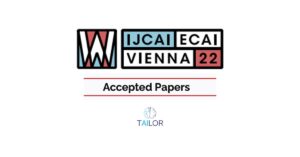
All TAILOR scientific publications (on external sites)
All TAILOR publications can be found on OpenAire (opens in new tab).